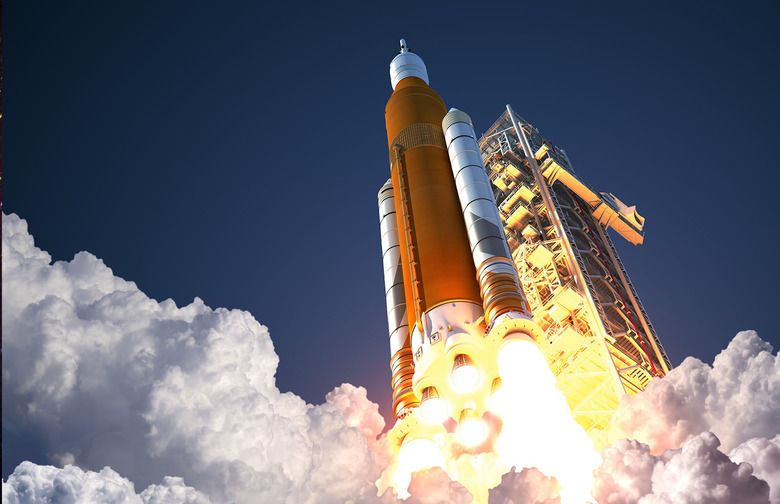NASA's SLS Rocket Test Wasn't A Great Look
- NASA's long-awaited Space Launch System (SLS) was tested in Mississippi this past weekend.
- The core stage of the rocket, which is the part that will provide the oomph to send missions into space, was fired up for a planned 8-minute test.
- Unfortunately, the stage shut down after just one minute, and NASA says there was a serious issue with one of the engines.
NASA's Space Launch System is the space agency's big bet on future missions to the Moon, Mars, and even beyond. The SLS will be a large and complex rocket system, but at the moment it's well behind schedule and there has been no shortage of high-profile setbacks, with many of those delays coming from manufacturer Boeing.
Now, during one of its first big milestone moments, a rocket test of the core stage ended abruptly due to the triggering of a failure indicator. NASA and Boeing are both investigating the issue, but after literally years of setbacks for the SLS, watching it fizzle out after just a minute into its planned eight-minute test firing was a real bummer.
As NASA Spaceflight explains, the test's minimum duration was supposed to be somewhere between 2 and 4 minutes. Ideally, the core stage would have fired for a full 8 minutes in order to collect as much data on its performance as possible. Sadly, the test shut down after 67 seconds, well short of even the most conservative minimum.
Watch all four @NASA_SLS core stage engines roar to life and shake the ground in Mississippi.
Teams are assessing the data on early engine shutdown. pic.twitter.com/U5bNqqbdZd
— NASA (@NASA) January 16, 2021
According to NASA and Boeing, the test was aborted due to what was described as a "Major Component Failure" on engine number 4. That trigger stopped the test, but even after that indicator popped up, the engines were apparently firing, according to those observing the rocket during the test.
So, it's unclear if the component failure actually happened, or if the alert was an error and the engine was actually firing as intended. Regardless, the test was cut short, meaning that NASA and Boeing didn't get to collect as much data as they wanted, and now they have a new issue to correct, which has become par for the course when it comes to the SLS.
Unfortunately, due to the nature of the engines and the rocket technology being used, getting things set again for another test isn't a matter of just flipping the switch again. It'll take weeks at a minimum to get the core stage ready for a second test firing. Outgoing NASA administrator Jim Bridenstine reportedly said that the agency is "considering" taking the test at face value and not requiring a second attempt. This would be done solely to keep the program on schedule, but since it's already been delayed many times, it would seem wise to make sure they get things right since the timeline is messed up anyway.
